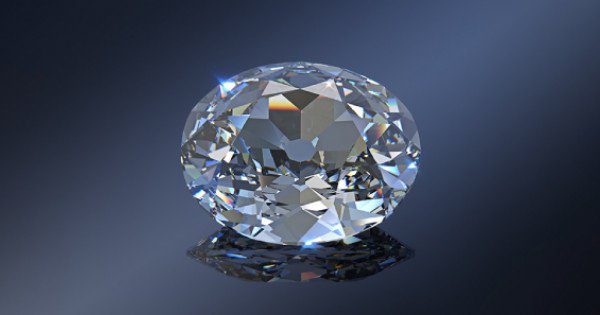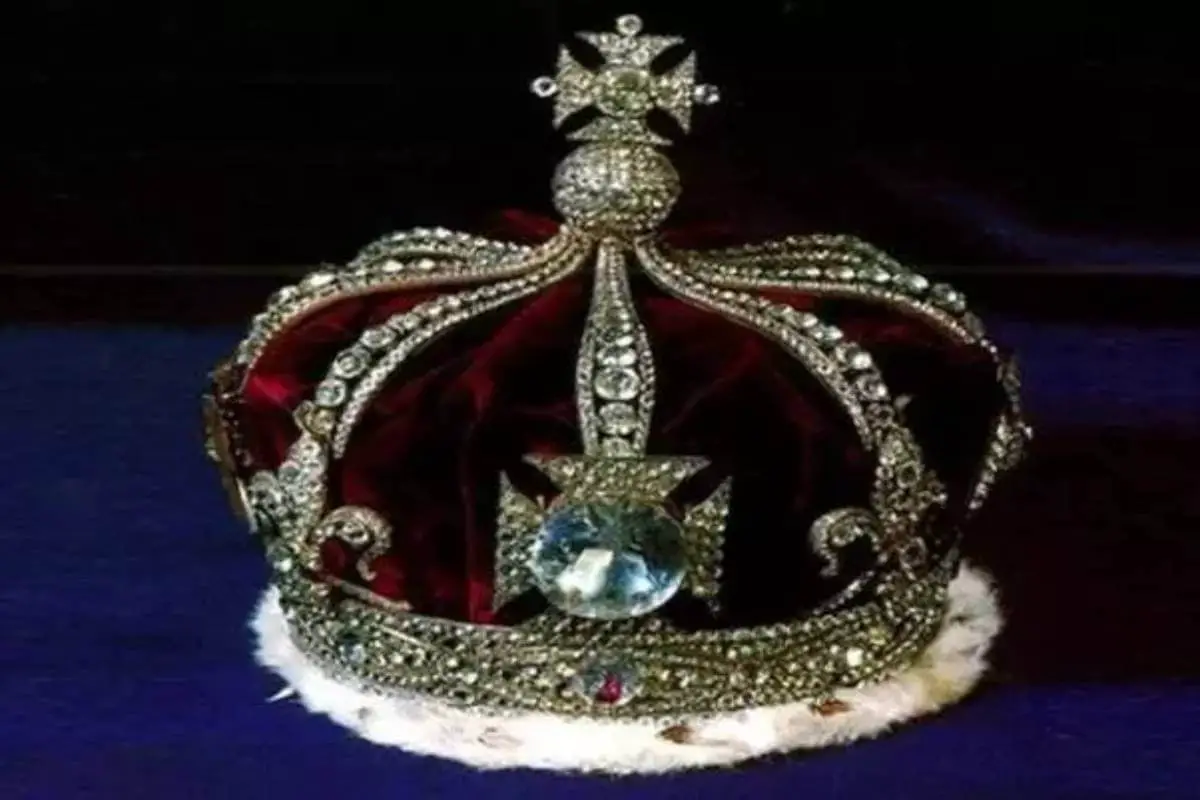The Kohinoor diamond is one of the most famous gemstones in the world with a long and controversial history that has fascinated and puzzled people for centuries.
A recent point of contention revolves around the belief held by many that it is unjustly held by the British.
India, for instance, has persistently pressed for its return, stressing its profound cultural and historical significance.
(Apart from India, other nations that have made a claim on it and asked for its return are Iran, Pakistan, and Afghanistan).
In contrast, the British assert its place in their cultural heritage, arguing against its return to any claimant nation on legal grounds.
In this post, I’ll address another significant controversy regarding the Kohinoor diamond—the confusion surrounding the number of “Kohinoor diamonds” in the world.
The Number of Kohinoor Diamonds In the World
How many Kohinoor diamonds are there in the world?
To answer this question concisely, it’s crucial to differentiate between the well-known Kohinoor diamond, which is a part of the British Crown Jewels, and other diamonds with similar names.
When discussing the former (the renowned Kohinoor diamond), I can assert that there is only one Kohinoor diamond in the world.
This specific diamond is currently set in the British Crown Jewels and housed in the Tower of London.
It is exhibited alongside other precious gems and is a part of the ceremonial regalia of British monarchs.
On the other hand, when referring to the latter, things become a bit more complex because determining the exact number of diamonds associated with the name Kohinoor is a matter of debate and speculation.
Let me shed more light on the two scenarios:
The Most Renowned Kohinoor Diamond

Historically, the Kohinoor diamond was mined in the Kollur Mine, located in what is now the Guntur district of Andhra Pradesh, India.
It weighed an astonishing 793 carats in its uncut state. Over the years, however, it has undergone several recuts and changes in ownership (Jeweler Magazine estimates its current weight to be 108.93).
It was initially owned by various Indian rulers until it came into the possession of the British East India Company following the Treaty of Lahore in 1849 (after the Sikh Empire was defeated). The diamond was then presented to Queen Victoria, marking the start of its association with the British monarchy.
In its current form, the Kohinoor diamond is set in the British Crown Jewels and is housed in the Tower of London. It is displayed alongside other precious gems and is part of the ceremonial regalia of British monarchs.
In recent years, there have been calls for Kohinoor’s return to India (and other claimant countries), but the issue remains a diplomatic and political matter with no definitive resolution at this time.
Other “Kohinoor” or “Koh-i-Noor Diamonds

The main confusion about the number of Kohinoor diamonds arises from various accounts and historical references that mention diamonds with similar names, often referred to as “Kohinoor” or “Koh-i-Noor,” which translates to “Mountain of Light” in Persian.
As I hinted above, apart from the Kohinoor diamond in the British Crown Jewels, there are several other diamonds that have been associated with the name “Kohinoor” throughout history.
These diamonds have varying weights and origins, but they share the name due to their exceptional quality and rarity.
1. Darya-i-Noor” Diamond
One such example is the “Darya-i-Noor” diamond, (or river of light) which is believed to be part of the same original stone as the Kohinoor.
It is one of the largest crudely-fashioned pink diamonds in the world, weighing around 186 carats.
This diamond is currently housed in the National Jewels Museum of Iran.
2. Great Table Diamond
Another notable diamond associated with the Kohinoor is the “Great Table Diamond.”
First reported by Tavernier in 1642, this diamond weighed approximately 280 carats and was part of the French Crown Jewels.
However, it was stolen during the French Revolution and its whereabouts remain unknown.
3. Replicas
The crowns of former British queens displayed at the Jewel House in the Tower of London feature crystal replicas of the original Koh-i-Noor diamond.
There is also a glass model of the original Koh-i-Noor meant to give visitors an idea of how it looked when it was brought to the UK.
These replicas may also cause some confusion regarding the number of Kohinoor diamonds in the world.
However, after reading this post, this should not be the case because, as I have stated, they are merely replicas.
In addition to these, there are historical accounts of various diamonds in India and Persia that have been referred to as “Kohinoor” or likened to its brilliance. These diamonds, while not necessarily part of the same original stone, share the reputation for their exceptional size and quality.

